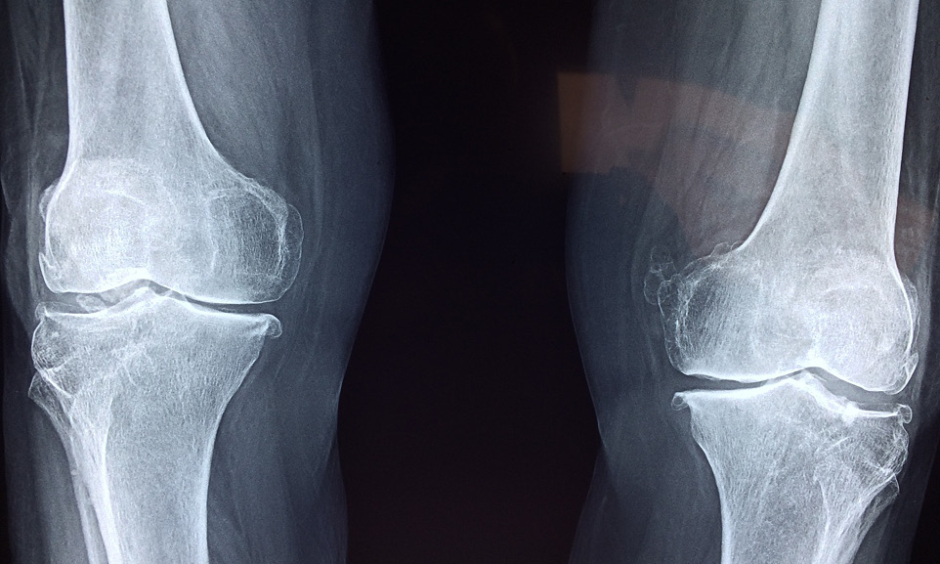STEM CELLS in the bones are believed to have the potential to heal various bone injuries. Unfortunately, little is known about where skeletal stem cells reside in the bone structure and how to successfully identify them. However, the results of a new study have highlighted the location of a unique type of skeletal stem cell in the ‘resting zone’, with the ability to stimulate bone growth.
Aiming to pinpoint the skeletal stem cells using mice models, researchers from the University of Michigan, Ann Arbour, Michigan, USA used fluorescent proteins to track specific cell groups over time. This allowed the team to investigate the cells using in vivo methods rather than in vitro. Using the criteria for skeletal stem cells (support blood cell production and make both cartilage and bone), the team successfully identified a unique type of stem cell in cartilaginous tissue, specifically the resting zone of the epiphyseal growth plate; this tissue is an important driver for bone growth.
Conflicting with prior speculation that cells in the resting zone of the growth plate do not divide, this study group showed that specific stem cells in this area have the ability to initiate the production of rapidly dividing chrondrocytes to maintain bone growth. Furthermore, the results show that chrondrocytes in the growth plate do not die, as previously believed, and instead can continue to make bone to heal many types of bone injury. These findings, therefore, provide further insights into the ability of bone to heal itself following injury, and could lead to future investigations and treatment developments for many difficult-to-treat debilitating bone diseases. “Understanding these special stem cells in the growth plate will help understand why some types of bone deformities and fragile bone diseases can happen in some patients,” elucidated Prof Noriaki Ono, University of Michigan.








